Ethylene Oxide Sterilization Dangers
Studies show that long-term exposure to ethylene oxide can cause cancers of the white blood cells in humans including non-Hodgkin lymphoma myeloma and lymphocytic leukemia according to the EPA. Because ethylene oxide destroys DNA it can increase the risk of certain cancers.
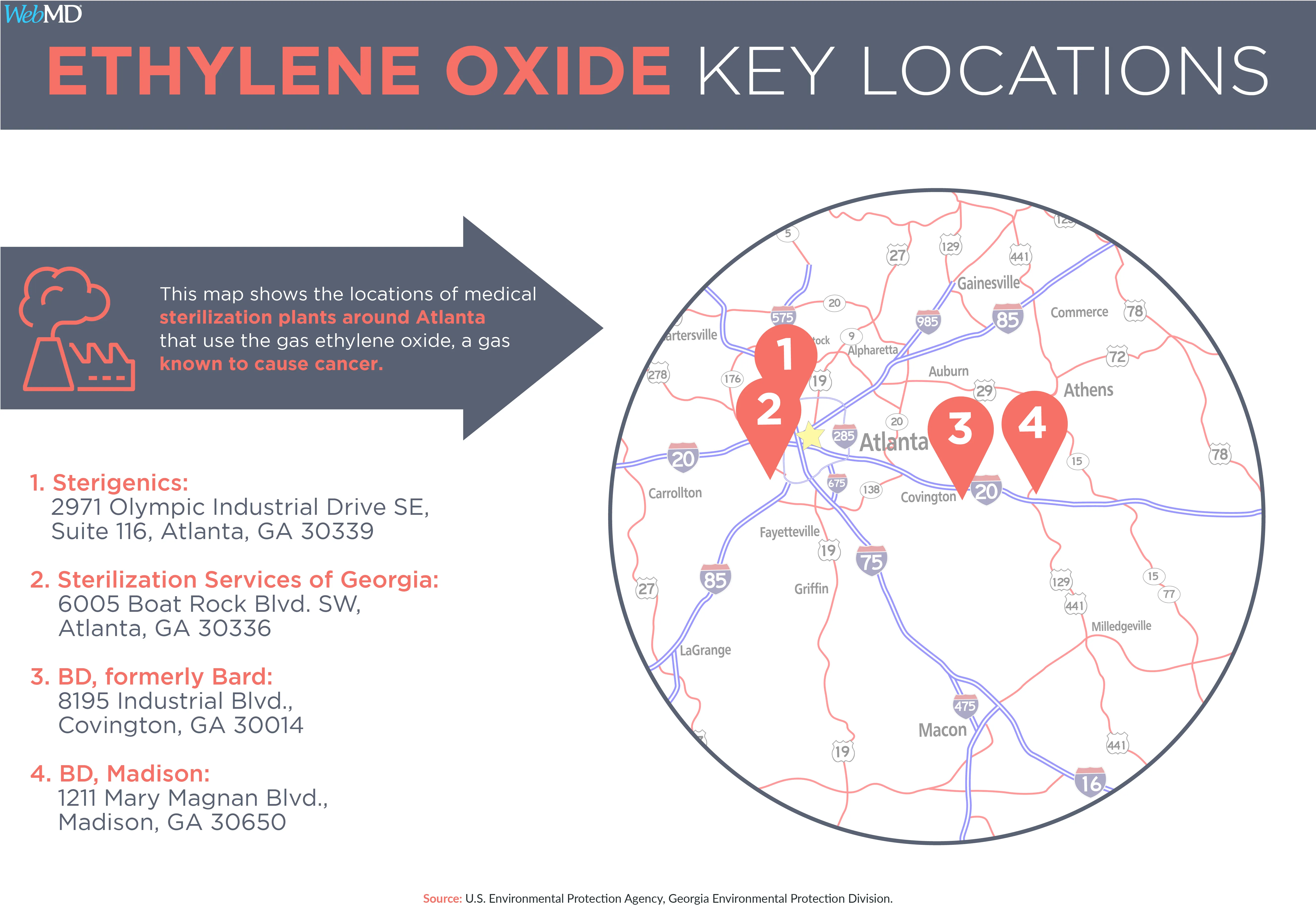
Ongoing Coverage Of Ethylene Oxide Emissions From Medical Sterilization Plants
The main advantage is that it can sterilize heat- or moisture-sensitive medical equipment without deleterious effects on.

Ethylene oxide sterilization dangers. The main disadvantages associated with ETO are the lengthy cycle time the cost and its potential hazards to patients and staff. The sterilisation process is tightly controlled to ensure. It is most commonly used to sterilize.
Ethylene oxide is a colourless gas which is used to sterilise medical equipment around the world and although overexposure can be dangerous its use does not make medical products like lateral flow tests unsafe. 25 2019 -- In 2005 the US. For many medical devices sterilization with ethylene oxide may be the only method that effectively sterilizes and does not damage the device during the sterilization.
Ethylene oxide is a gas widely used to sterilize medical devices and products. The residues that may be found after processing are as follows. Sterile EO means the swab has been sterilised using ethylene oxide a type of gas that the man also notes is a carcinogen.
Ethylene Oxide EO the residue that may remain after processing has been completed. While it is true that ethylene oxide is carcinogenic it is not accurate to say it poses a danger in medical swabs after sterilisation. As I like to read in my free time always search for some quite interesti.
Ethylene oxide for sterilisation. However the claim alleging that antigen tests sterilized with ethylene oxide can cause cancer or other diseases is disinformation. Exposure may occur through industrial emissions tobacco smoke and the use of products sterilized with ethylene oxide such as certain medical products or cosmetics.
It is correct that too much exposure to ethylene oxide can carry health risks including cancer. Environmental Protection Agency considered banning ethylene oxide in new sterilizing facilities because of the cancer risk. Ethylene oxide is one of the most commonly used sterilization methods in the healthcare industry because of its non-damaging effects for delicate instruments and devices that require sterilization and for its wide range of material compatibility.
What inside in covid 19 tests what about Ethylene OxideGood day dear subscribers. If ethylene oxide sterilisation is carried out at hospital level it can be considered safe in terms of both sterility and freedom from toxicity if it is correctly controlled. It is a colorless poisonous gas that attacks the cellular proteins and nucleic acids of microorganisms.
So itll give you Hodgkins lymphoma and in females greatly. ETO A Known Carcinogenic. The main side effect of using EO as a sterilization agent is that it can leave a residue on the devices being processed.
Most sterilization chemicals and gases are already endangering human health and even lives in very low concentrations. Ethylene Oxide EtO is a common gas used for low temperature sterilization. With radiation the bio-burden is precision-calculated and in cases where it spikes the sterilization effect may not be sufficiently strong.
It also increases the risk of breast cancer in women. It can have a carcinogenic effect if an individual is exposed to high concentrations of ethylene oxide for long. Unfortunately the ethylene oxide sterilization process storage transfer and handling can cause a toxic workplace if the employee is injured through skin contact or air pollution with both ethylene glycol and ETO.
Moreover EtO is a very small molecule which means it can easily penetrate any object it sterilizes. Ethylene oxide has been used. However with ethylene oxide this is rarely the case given the large safety buffer although the overkill protocol does result in longer sterilization times.
Although onecannot routinely test plastics for toxic residues oneshould makeuse. Its also the truth that ethylene oxide is used to sterilize medical equipment and tools. We should always consider that we need to do an in depth risk analysis to see if using a poisonous gas is unavoidable.
Learn about ethylene oxide which can raise your risk of lymphoma and leukemia.

Lake County Residents Push Springfield To Ban Ethylene Oxide Wbez Chicago

Major Win To Prohibit Use Of Carcinogen For Ppe Sterilization Washington State Nurses Association

Georgia Epd Doubted Ethylene Oxide Cancer Risks Other States Acted

Hydrogen Peroxide Risks Vs Ethylene Oxide Risks

Ethylene Oxide Breast Cancer Prevention Partners Bcpp
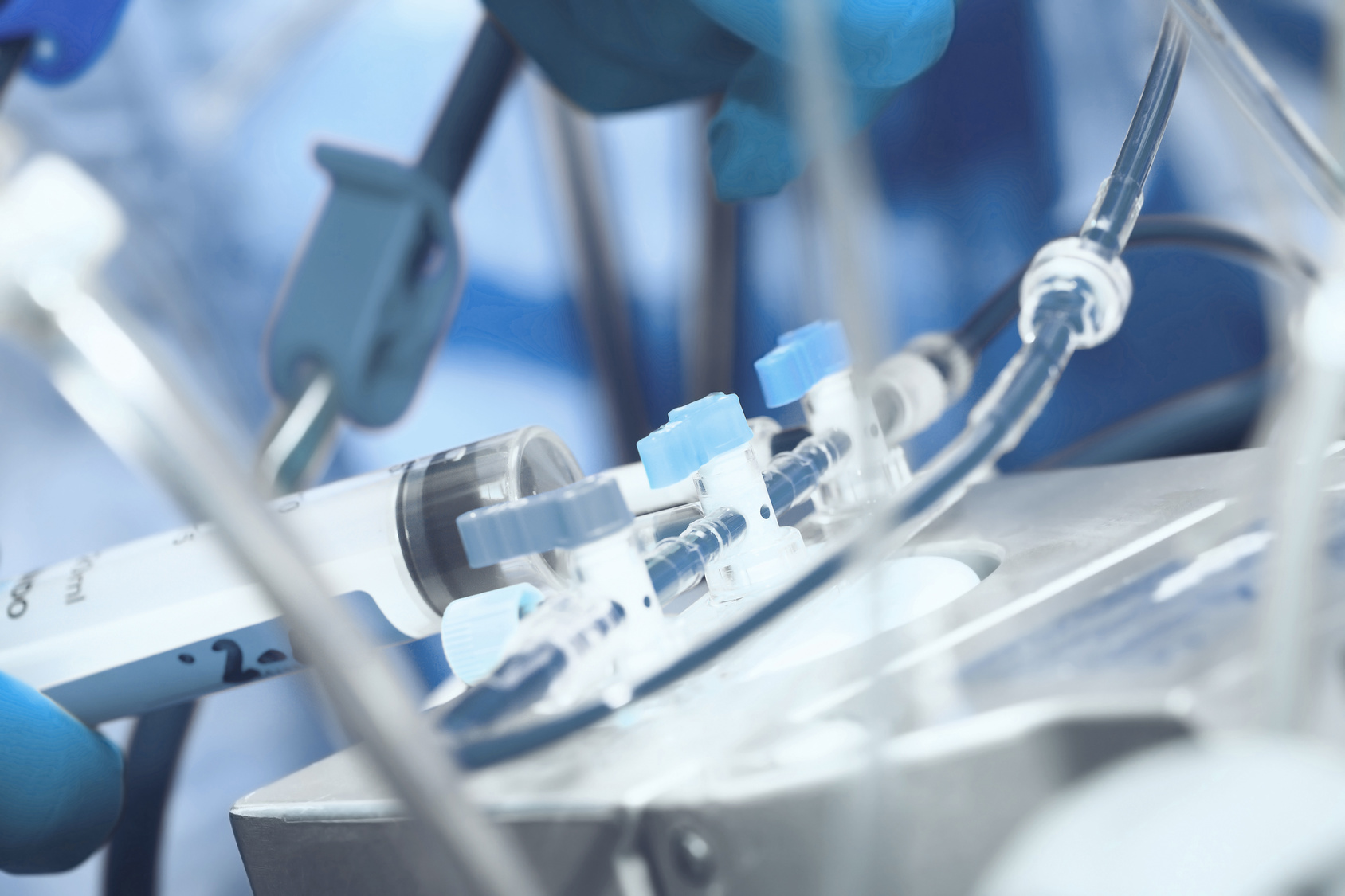
Medical Devices Sterilization In Covid 19 Times Rsd Eto Sterilization
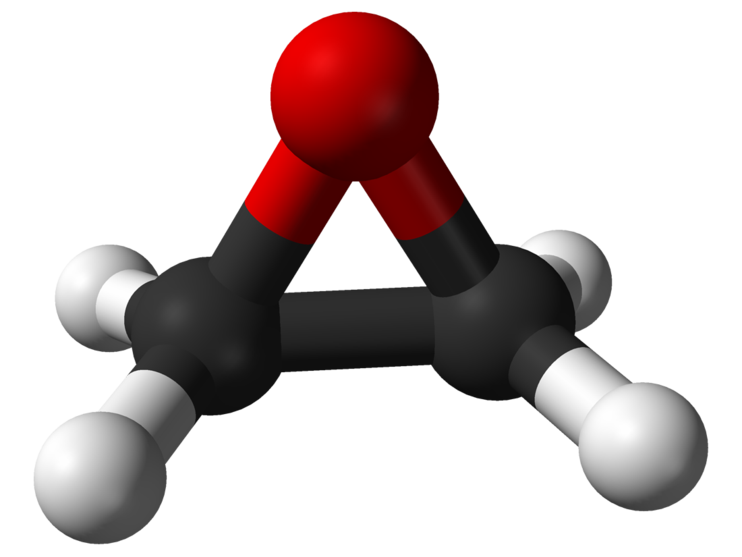
Ethylene Oxide Cancer Causing Substances National Cancer Institute

Course 182 Healthcare Ethylene Oxide Safety
Ethylene Oxide Sterilization Chemdaq
Sterigenics Ethylene Oxide Explosion Csb
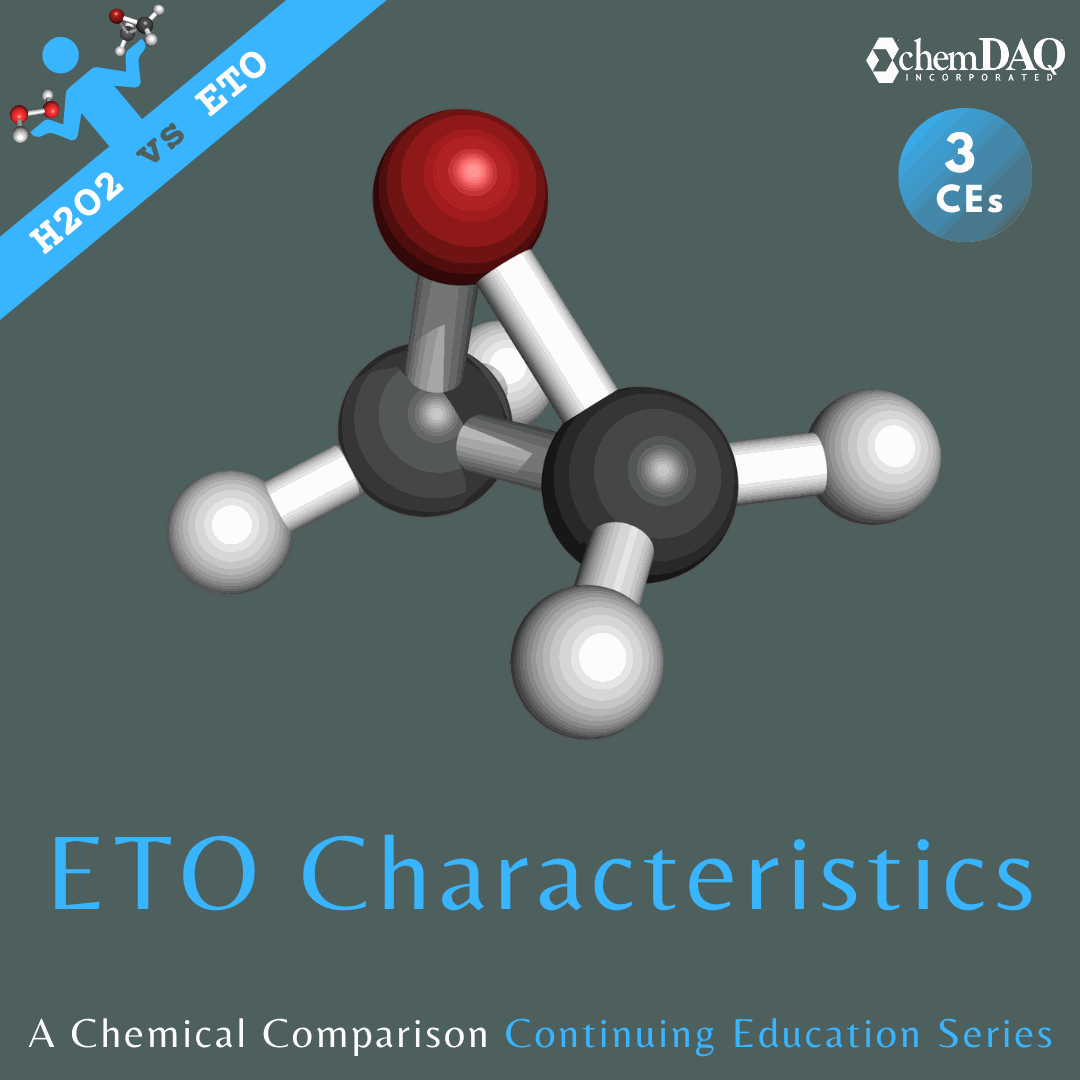
Hydrogen Peroxide Risks Vs Ethylene Oxide Risks

Activists Shut Down These Cancer Causing Plants Covid Is Bringing Them Back Grist

Largest Sources Of Cancer Causing Ethylene Oxide Go Unnoticed

Medical Devices Sterilization In Covid 19 Times Rsd Eto Sterilization

Sterigenics Fires Back On Ethylene Oxide Emission Standards Medical Design And Outsourcing

What Is Ethylene Oxide Uses Safety Technology Video Lesson Transcript Study Com

Cancer Risks Spark Calls To Replace Ethylene Oxide 90 1 Fm Wabe
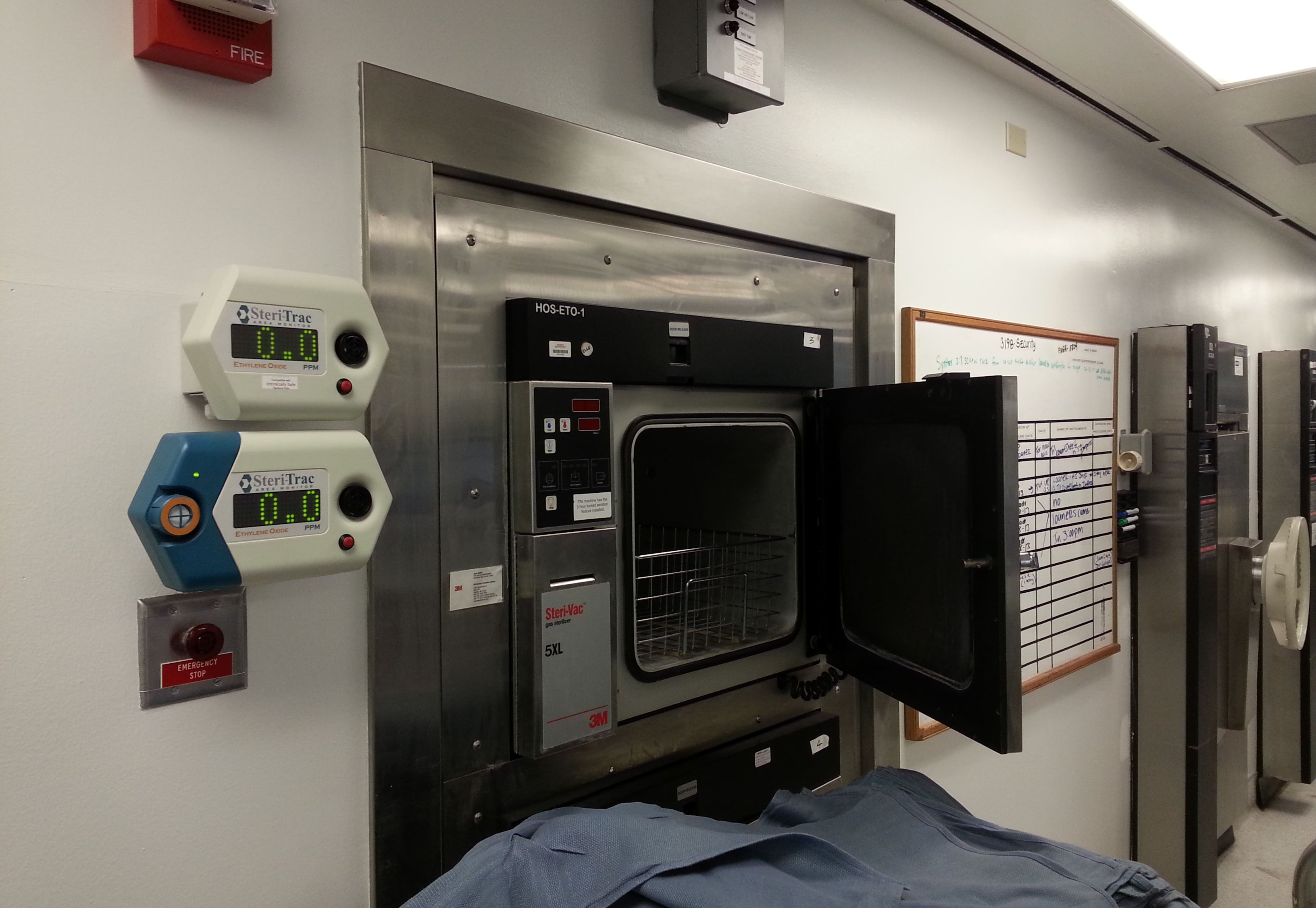


0 Response to "Ethylene Oxide Sterilization Dangers"
Posting Komentar